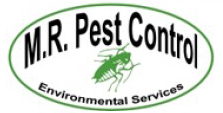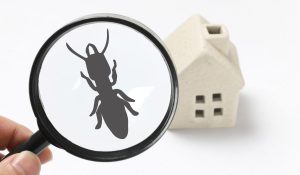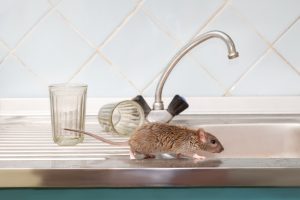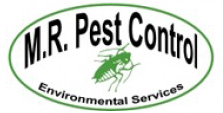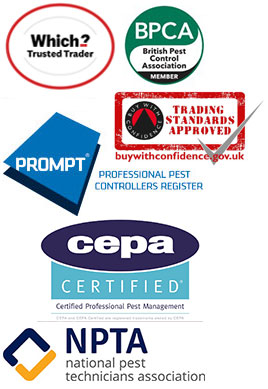Safe and Effective Use of pesticide control service in the Home and Gardens
Pesticides are designed to be toxic to the pests intended to be controlled. These pests can be insects, plant disease organisms, weeds, or other unwanted home and garden invaders. However, if pesticide label instructions are not followed correctly, these products can harm plants, fail to control pests, put human health at risk, and contribute to soil, air, and water pollution.
Before purchasing and applying a pesticide, you should learn about the product. You must understand how to use it and dispose of empty containers correctly. Also, you should seriously consider whether it is necessary to use a pesticide. A pesticide is any product (natural, organic, or synthetic) used to control, prevent, kill, contain, or repel pests.
How to decide whether to use a pesticide?
Before using any pesticide:
- Make sure you need it.
- Verify that the organism you seek to control is causing significant and lasting damage.
- Investigate alternative pest management methods that do not require the use of pesticides.
- Remember that most pests cannot be eliminated, even with pesticides.
The following are some of the questions you should consider before choosing a pesticide.
Can the conditions that caused the pest to become a problem be changed?
Prevention is always the best way to manage pest problems. Each specific pest requires optimal environmental conditions to cause damage. For example, powdery mildew development is favoured in many plants in the shade and by conditions that stimulate plant growth out of season. Sometimes, if the plants are exposed to the sun, the foliage opens to facilitate air circulation and is not fertilised excessively, and the disease is prevented from becoming severe. Overhead irrigation can also reduce powdery mildew problems on specific plants.
How to choose the right pesticide?
The first step in choosing a pesticide is identifying what is correctly causing the problem (for example, the specific insect, weed, or disease). If the pest is incorrectly identified, you will not be able to apply an effective pesticide or management strategy. If you are not confident that you can do this based on your own experience alone, ask a reliable source for help.
If it is necessary to apply a pesticide, choose the one that is effective for the pest in question and presents the least risk to human health and the environment. You would not want to use a pesticide intended for termites to get rid of rats and mice.
To select a pesticide, it is essential to verify that the label includes the pest you want to control and the location where it is found. However, do not rely on the label as your only source of information to select the best control product. In addition to listing pests that are effectively controlled by the pesticide, labels often include pests that are only partially controlled by the product.
Before you buy a pesticide, read the label to ensure the product is suitable for application to your plants or treatment site. For example:
- Make sure the label includes the particular type of plant or location you are treating.
- Do not use pesticides on edible plants if the label states they are only for use on ornamental plants.
- Pesticides can cause a lot of damage to some plants; read the label to ensure that treated plants will not be harmed.
Finally, when choosing a pesticide control service near, only certain stages of a pest’s growth. Many insecticides kill only the larval stage of the insect (for example, caterpillars) and do not affect the eggs or pupae (pupa). Other insecticides kill only adult-stage insects or also those which undergo other types of metamorphosis like bed bugs and cockroaches. Many fungicides are preventative and do not eliminate existing infections, although they may stop their development. Similarly, some herbicides kill weeds in the germinating stage but not established ones, while others are effective only in controlling weeds that are actively growing.
